Iggy Pop was in Germany in the 1970s to record the albums The Idiot and Lust for Life at Berlin’s Hansa Studios, both produced by David Bowie. In 1976, Iggy was living in the city’s Schöneberg area with Bowie. It’s here where he met German photographer Esther Friedman. During the couple’s seven-year love affair, Friedman took pictures of their life together. The cover photo for Iggy’s 1982 album Zombie Birdhouse was taken by Friedman during a 1981 trip to Haiti.

Iggy Pop poses with a waitress in a bar in Berlin-Schöneberg, 1977
In 2013, she spoke to Germany’s Die Zeit of her time with “Jim”, as in James Osterberg, and ran a gallery of her pictures from the time. Some highlights of the interview are below:
ZEIT: Did you call Iggy Pop “Jim” from the very start?
Esther Friedman: Yes, his proper name is James Osterberg, but I always called him Jim, never Iggy. He named himself Iggy when he was 18. His first band was the Iguanas, so that’s where that came from. David [Bowie] always used to call him Jimmy in Berlin, his parents called him Jim. Iggy is his stage name. And there are actually two characters, there’s Iggy, and there’s James.
ZEIT: What is the difference between the two?
Esther Friedman: The difference is rather large. Iggy is 99 percent unbearable. And James, Jim, is 99 percent bearable.
…
Esther Friedman: Berlin left Jim alone. In Berlin Jim could just be Jim when he wanted to, he could live, sit in the local bar next door and drink a beer. He loved it. David had studied the literature and art that came from Berlin or took place in Berlin. Christopher Isherwood’s book Goodbye to Berlin from 1939, the works of the “Die Brücke” group—all of that fascinated David, and he took Jim with him. They often went to the Brücke Museum. “The Passenger” …
ZEIT: ..Iggy Pop’s greatest hit…
Esther Friedman: …well, it’s a hymn to Berlin’s S-Bahn [Stadtschnellbahn, light rail system]. Jim went on the S-Bahn almost every day. Those trips inspired him to write the song, especially the section that goes out to the Wannsee. Jim and David also frequently traveled together to East Berlin, in a Mercedes-Benz 600 that David’s chauffeur took care of.
…
ZEIT: Is it true that Iggy Pop was in a telephone booth and some punk locked him in from the outside?
Esther Friedman: Yes, that happened at three o’clock in the morning. Telephone booths actually used to have locks. Jim had just come from the Dschungel Club in Nürnberger Strasse and called me: “Listen, I’m locked in a telephone booth here! You have to help me!” I said, “Think up a better story. How come you’re calling me at three in the morning and waking me up?” Then I hung up.
ZEIT: Why?
Esther Friedman: Maybe I can explain it this way: When he called at three in the morning, it was not Jim on the line, but Iggy.
ZEIT: The boisterous punk rocker.
Esther Friedman: The poor guy, he sat in that phone booth until six in the morning. A taxi driver discovered him and was able to open the door with a master key. To this day we don’t know who locked him in there.


Esther Friedman in Berlin-Schöneberg, photographed by Iggy Pop
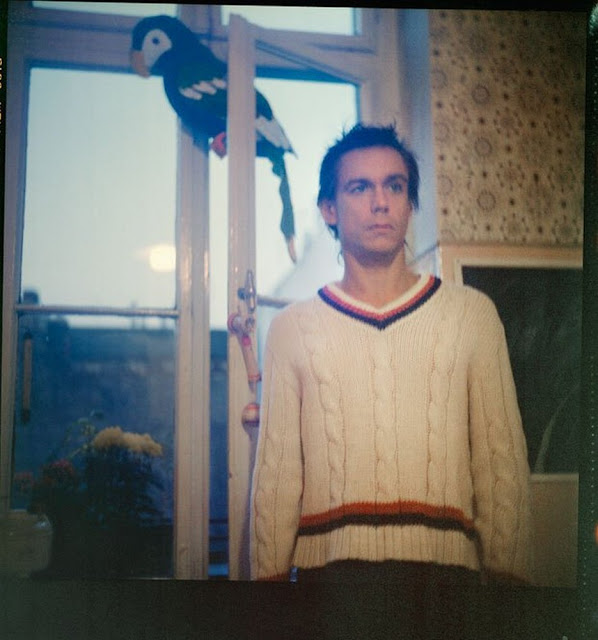
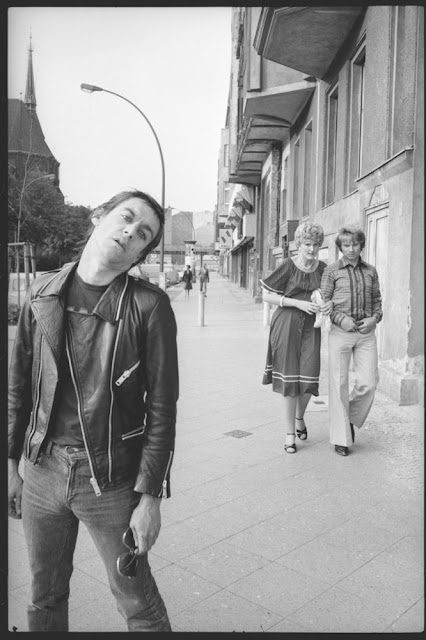

Iggy Pop during the “Lust for Life” tour in the US, 1978

Berlin 1977
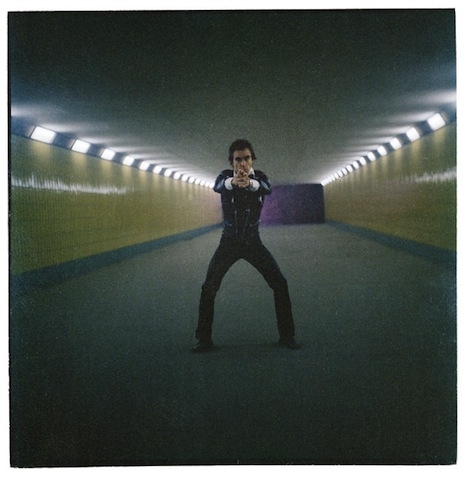
Striking a James Bond pose in a Berlin subway station, 1979. Taken with an old Rolleicord camera.

Iggy Pop poses with a waitress in a bar in Berlin-Schöneberg, 1977
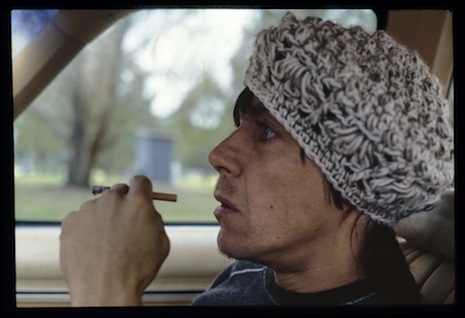
South Carolina, on the way to see his parents, 1982
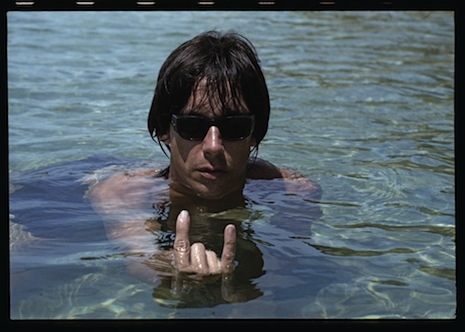
St. Barth, 1979
This story first appeared in 2013 with permission.
Would you like to support Flashbak?
Please consider making a donation to our site. We don't want to rely on ads to bring you the best of visual culture. You can also support us by signing up to our Mailing List. And you can also follow us on Facebook, Instagram and Twitter. For great art and culture delivered to your door, visit our shop.


